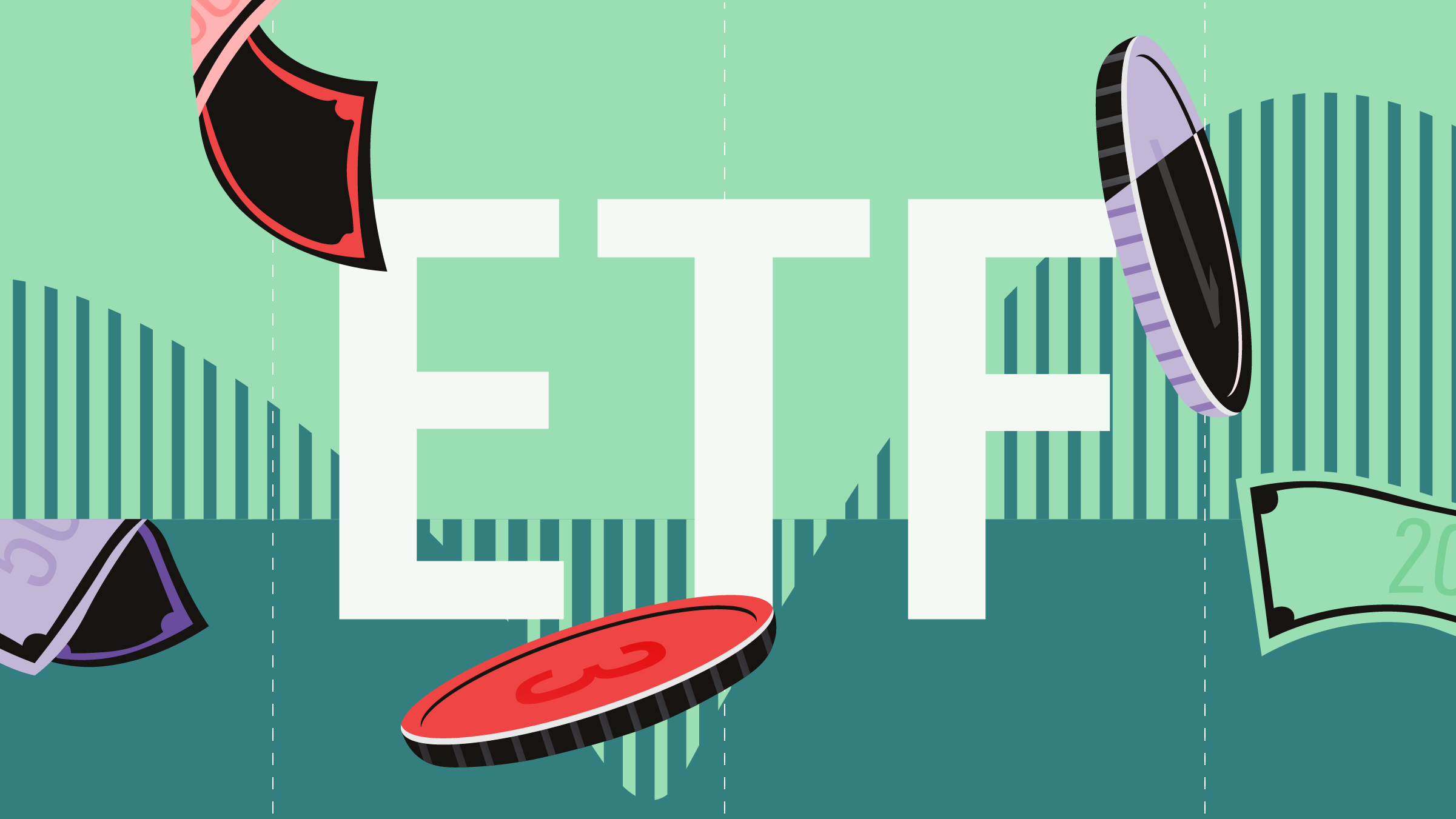
Countless portfolio managers have practiced quality as an investment factor for a long time now, but only recently have the numbers validated the increasingly popular approach. It may be time for investors to jump on the bandwagon.
Sometimes, it takes a while for theory to catch up with practice. For example, it has been many decades that researchers have defined investment factors like value, momentum or low volatility, factors with which portfolio managers had been reaping market gains for many decades more.
James Thai, director and portfolio manager of Disciplined Equities at BMO Global Asset Management is such a practitioner who has been putting “quality” at the center of his stock-picking practice. “As quantitative investors, he says, quality has not been that new a theme for us, and it has been around for decades now. The problem is that there is not a widely accepted definition of it.”
Indeed. “Unlike standard factors, such as value, momentum, and size, “quality” lacks a commonly accepted definition," observed Jason Hsu, Vitali Kalesnik and Engin Kose in a recent Financial Analysts Journal.
For example, Thai has a few quality “buckets”, as he calls them, with which he characterizes stocks, notably profitability and return on equity, reasonable leverage and earnings quality. They do seem to identify “quality”, but are they the right ingredients to capture it?
A different beast
One key reason why quality has taken time to come into focus is that it is “constructed differently from other factors,” says over the phone from London Vitali Kalesnik, partner and director of Research for Europe, Research Affiliates. For example, the value and low-beta factors are constructed from some characteristics of the stocks themselves. In the case of value, it is ascribed to stocks that have one or a combination of the following features: high book-to-price ratio, high earnings-to-price ratio, high dividend-to-price ratio. Momentum single-mindedly looks at price direction and nothing else.
To a large extent, quality is linked to apparently loosely-related company features such as earnings growth, high return on assets, low debt ratio, etc. “Since the quality label is rather vague, notes Kalesnik, we analyzed some key definitions of quality proposed by practitioners to determine which truly generate return.”
Their research established that, in a study of market performance extending back to 1963, the following features of “quality” produced statistically significant return advantages: profitability, accounting quality, payout/dilution (level of share issuance and repurchase) and investment (is an investment too conservative or too risky?). Against all expectations, earnings stability, capital structure and profit growth don’t define quality. “Little evidence supports these factors as delivering outperformance,” asserts the researchers.
“All the metrics we found to be robust have a governance angle, which could be of particular interest to ESG-minded investors, write the authors. Specifically, the combination of strong profitability with a conservative level of investment can be interpreted as a sign of strong positive governance, which would protect against overexpansion driven by managerial hubris and excess risk-taking caused by a misalignment of incentives.”
Well built, well managed
By how much do the “robust” quality factors outperform? From 1963 to 2019, Kalesnik reports the following findings: the top 30% of companies that were the most profitable and had the most conservative issuance, investment and accounting practices outperformed the lowest 30% companies in these categories by 2.4% to 3% per year.
A 2015 paper by S&P Dow Jones Indices compared to the S&P 500 an index built from a sample of quality S&P 500 companies. These companies exhibited the following “quality” features of profitability, earnings quality and capital structure, features that don’t quite meet Hsu, Kalesnik and Kose’s list. Nevertheless, for a period extending from 1995 to 2015, this quality index outperformed the S&P 500 yearly by 4.3% with an annualized risk level inferior by 1.2%.
How can one explain this outperformance? Some observers, taking a page out of Eugene Fama’s book, would say that these companies generate higher returns because they are, in fact, riskier, notes Kalesnik. But that doesn’t stick, because these companies seem to have more prudent management of risk. “I rather subscribe to a behavioural explanation, says Kalesnik. The variables we studied tend to be proxies of good governance with conservative accounting practices and conservative investment policies. They are the ones that tend to earn a high return for investors.
James Thai is a firm believer in quality and ranks it at the top of the factors he keeps an eye on. But there are no absolutes, he warns. “Quality presently has a higher weight among the factors we follow than value or momentum, he acknowledges, but it depends on circumstances. We vary the weight of factors according to where we are in the market cycle. Since we think we’re close to the end of a cycle, we give greater weight to quality. But coming out of a downturn, we could put more weight on momentum or on growth.”
“Investors should definitely be looking out for companies with robust strategies,” advises Kalesnik. They don’t necessarily have the biggest earnings, the highest prices, the most fantastic growth. In fact, “many of these companies are not sexy, he warns, and investors are not paying attention to them.”
But they should.


















